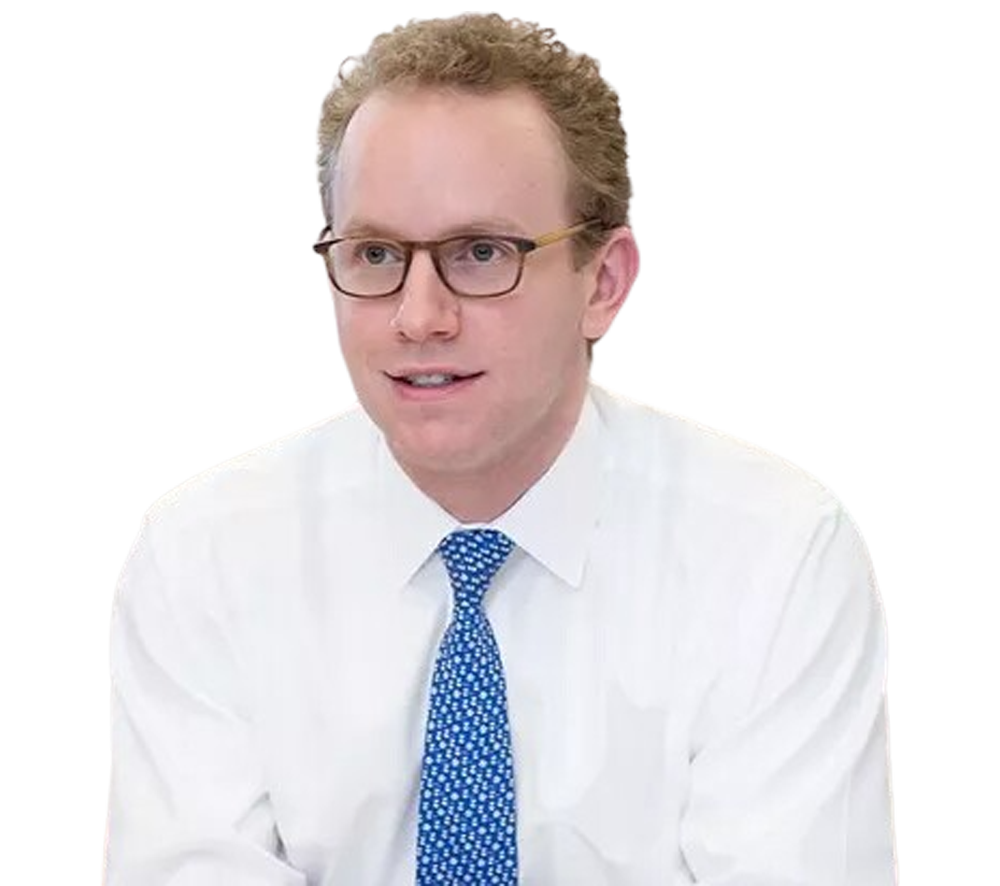
Head of Real Estate
1. Tell us about what you do at Galvanize Climate Solutions.
I lead the sustainable real estate strategy, Galvanize Real Estate. We are focused on markets and assets that are compelling from both traditional real estate and decarbonization perspectives, assessing potential opportunities through the lens of real estate fundamentals and sustainability. Our goals are to invest in well located, high quality real estate, reduce the property’s carbon footprint, improve cash flow and increase asset values.
2. Why is real estate such an important sector for the climate transition?
Easy – real estate is a significant contributor and a slow adopter. Real estate accounts for 40% of global emissions, with building operations accounting for at least half of that.1 In the US, 30% of the energy used in commercial buildings is wasted, leaving a huge opportunity to create efficiencies and cost savings.2
Historically in commercial real estate, being progressive from a sustainability perspective meant ‘building green’. But, the act and process of developing a property can account for most of the carbon footprint for that asset. We believe we need to deal with the existing stock of commercial real estate we have, about 80% of which is expected to still be around in 2050 when the United States has targeted to be net zero.3 If we bulldozed the entirety of the existing inefficient stock and replaced it with shiny new, more efficient buildings, we could actually be in a worse spot from a carbon footprint perspective.
3. Why did you choose to join Galvanize?
When I left Goldman Sachs, I believed that there was a huge opportunity to invest sustainably in commercial real estate. And after talking to a number of other asset management shops, I was convinced that I would need to compromise on my strategy and execution if I were to try and build this at another shop. I was convinced of the market opportunity, but I was also convinced that the only way to really effectively execute on the strategy would be to do it by myself in order to control our ability to be strategically authentic, cutting-edge and innovative.
That was until I met Tom and Katie, who convinced me that Galvanize was building something different where I wouldn’t have to compromise on sustainability. In fact, Galvanize is a rare example of an organization that I believed was going to push me further to incorporate climate solutions and advance my goals.
I was also extremely impressed with the infrastructure and level of talent that had been put together. But the thing that really put it over the top for me was the Galvanize Impact Team. To have a team of scientists, climate technologists, and policymakers on staff who can support the execution of the strategy is a major differentiator in US commercial real estate.
4. What are some of the most exciting opportunities for decarbonization in real estate that your team is looking at in the coming months?
I believe that investments in climate tech over the years have helped and supported the economic feasibility of many retro commissioning and power generation projects in real estate. (11)
In many cases, it’s not necessarily that the technology is new, it’s that the economic feasibility of technologies that have been around for some time has increased, and they have greater profitability potential now. Think of power reduction measures relating to ground source heat pumps, additional glazing on windows, demand response technology, insulation measures, testing and identifying the leakiness of properties. The cost of solar panels and batteries has reduced 85% and 89% over the past ten years, making power generation in a decentralized micro-grid format feasible on a greater scale.4
We’re also really excited about the potential of reducing the potable water usage in common areas at properties. We’re committed to reducing potable water usage through water reduction measures such as leak detection, rainwater repurposing, water reclamation measures, each of which have the potential to be profitable.
5. What trends are you paying attention to in the year ahead?
As a real estate investor, I am extremely focused on the dislocation in valuation expectations that still exist between equity owners, lenders, and buyers of commercial real estate. I believe fundamentals for many property types are still strong (with office as the notable exception), but there has been a capital markets normalization that has rocked the valuations of commercial real estate.
I believe many real estate owners have not yet come to terms with the amount of value deterioration that has occurred over the course of the last 12 to 18 months, and lenders may not be resourced to be able to take back properties. I am focused on keeping track of the macro forces that influence the demand side of real estate fundamentals while maintaining a keen eye on when the equity capital markets and the debt capital markets come to terms with each other. To me, it’s the most interesting time to be a real estate investor since the last time I launched a real estate platform at Goldman Sachs in 2011. I believe the current dislocation will create a market opportunity for us. We are fortunate to not be distracted with legacy distressed assets and, because we’re a first of its kind strategy, we have the potential to pick markets for property types that work for our risk profile and sustainability program with a significant repricing tailwind at our back.
1Architecture 2030, Why the Built Environment?’, Accessed April 2023.
2https://www.epa.gov/sites/default/files/2016-04/documents/promoting_energy_efficiency_with_energy_star.pdf
3‘Architecture 2030, Why the Built Environment?’, Accessed April 2023.
4Preliminary Report: The Climate and Energy Impact of the Inflation Reduction Act of 2022.